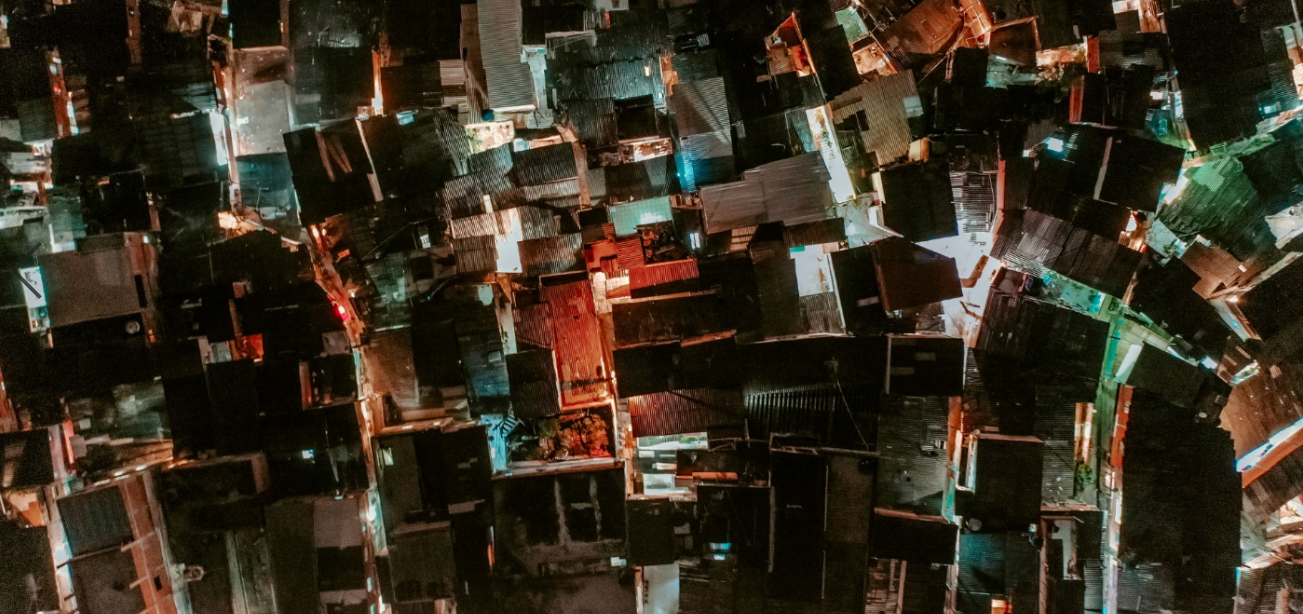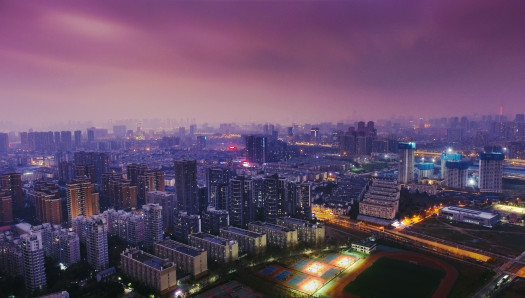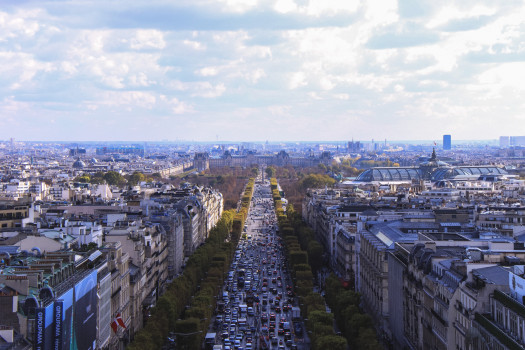How has COVID-19 affected cities?
Cities have been disproportionately affected by this crisis because they thrive on population density, which characterizes them economically and socially. It is also why they have been hit hard by this pandemic. Vulnerable groups in cities are particularly at risk. What happens, for example, to the homeless, to street vendors, and to informal settlements worldwide? How do they survive in a pandemic? In many cities, housing is inadequate, sometimes unhealthy. In less developed countries, there may be no easy access to water or other basic services. Social distancing is also much harder. In a COVID context, people are reluctant to use public transport. If this situation continues, cities will be less able to maintain their current transport infrastructure – simply because they will be losing income. At the same time, it is an opportunity to encourage other forms of transportation, particularly cycling and walking.
Do you think lockdown measures have exacerbated these vulnerabilities?
In a lot of countries, we have had severe restrictions. In Spain, during the pandemic, it was forbidden to go more than one kilometre from our homes. Often, that didn’t make sense because there were not enough services within that one-kilometer radius. Green spaces, for example, often lie outside the city, well beyond the one-kilometer limit, or are concentrated in specific parts of the city that not everyone can enjoy. The pandemic has definitely highlighted the need to rethink the way we see and plan our cities, in my opinion.
With this pandemic, do you think we will see more people return to the countryside?
Maybe – for those people that can afford to do so (higher income and access to homeworking) but, for others, it is not an option. The economic opportunities are in the cities and certain jobs can only be done in cities. This is one of the reasons why people most exposed to COVID are generally those on lower incomes. This has highlighted some very important systemic inequalities you find in cities. We may see some movement to rural or peri-urban areas, which will put urban sprawl in the spotlight. While urbanization will expand, we must manage the continued pressure it puts on eco-systems and improve the way cities are built and the way they function. Migration to cities will continue. Currently, we have 33 mega cities around the world. The solution to migration towards urban areas is not to build more or bigger mega cities, but to improve the conditions across cities of all sizes including revitalising degraded areas.
Is there a risk, with this pandemic, that cities will pay less attention to climate change?
That was my fear at the beginning of this pandemic. COVID, of course, is a much more immediate problem. But if in response to the pandemic we work to improve public spaces, housing and transport and reduce the vulnerability of certain groups, it will make a difference for climate change as well. There are a number of simultaneous issues, not only COVID and climate change, but also environmental degradation or poor air quality, which would benefit from these measures to make cities sustainable. Regarding climate change specifically, many cities are already reducing emissions, however, adaptation – such as making infrastructure more resilient – is harder to take due to a perception of uncertainty and long-term impacts. If you reduce emissions, there is an immediate economic benefit but, with adaptation, the benefits may take much longer to come through. Even if adaptation needs to be urgently tackled in cities in a specific way, any action towards sustainability will make a difference, especially those aiming to reduce vulnerability of populations, infrastructures or ecosystems.
“A lot of cities are tackling climate change by reducing emissions, but adaptation is harder to accept. If you reduce emissions, there is an immediate economic benefit but, with adaptation, the benefits take much longer to come through.”
Does this crisis confirm the need to rethink the way we govern cities?
My hope is that more policy will be made at a local level, particularly when we face emergencies such as COVID. During this crisis, some cities had to lobby their national governments for key decisions while others were able to act independently, and they have managed the outbreak much better. Cities are very diverse places – you need local knowledge to manage local consequences, even with a global challenge like a pandemic or climate change. Local grassroots movements and traditional knowledge holders have not often been part of decision-making – that is something that needs to change. To reduce vulnerability, a top-down approach is not enough. Furthermore, services should be available across cities, not just in city centers. This will help to solve issues in a more integrated way, with a consideration for how education, culture, urban planning, environment, or health, can affect climate for instance.
Marta Olazabal, AXA Post-Doctoral Fellow at the Basque Center for Climate Change, Bilbao (Spain)

Discover research projects related to the topic
Sustainable Living & City
Climate Change
Climate Adaptation & Resilience
Urban Planning
Resilient Infrastructure & Safety
Environmental Justice
Post-Doctoral Fellowship
Australia
2023.06.20
Indicators for Climate Resilient City Planning
Expected start date:June-2023 Cities contribute enormously to global greenhouse emissions and are key drivers of climate change. By the same... Read more

Melanie
LOWE




